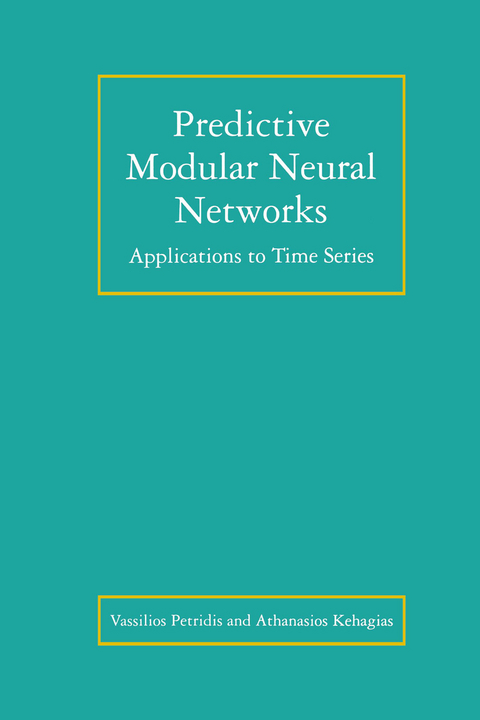
Predictive Modular Neural Networks
Springer-Verlag New York Inc.
9781461375401 (ISBN)
1. Introduction.- 1.1 Classification, Prediction and Identification: an Informal Description.- 1.2 Part I: Known Sources.- 1.3 Part II: Applications.- 1.4 Part III: Unknown Sources.- 1.5 Part IV: Connections.- I Known Sources.- 2. Premonn Classification and Prediction.- 3. Generalizations of the Basic Premonn.- 4. Mathematical Analysis.- 5. System Identification by the Predictive Modular Approach.- II Applications.- 6. Implementation Issues.- 7. Classification of Visually Evoked Responses.- 8. Prediction of Short Term Electric Loads.- 9. Parameter Estimation for and Activated Sludge Process.- III Unknown Sources.- 10. Source Identification Algorithms.- 11. Convergence of Parallel Data Allocation.- 12. Convergence of Serial Data Allocation.- IV Connections.- 13. Bibliographic Remarks.- 14. Epilogue.- Appendices.- A— Mathematical Concepts.- A.1 Notation.- A.2 Probability Theory.- A.3 Sequences of Bernoulli Trials.- A.4 Markov Chains.- References.
| Reihe/Serie | The Springer International Series in Engineering and Computer Science ; 466 |
|---|---|
| Zusatzinfo | XI, 314 p. |
| Verlagsort | New York, NY |
| Sprache | englisch |
| Maße | 155 x 235 mm |
| Themenwelt | Informatik ► Theorie / Studium ► Algorithmen |
| Informatik ► Theorie / Studium ► Kryptologie | |
| Naturwissenschaften ► Physik / Astronomie ► Theoretische Physik | |
| Naturwissenschaften ► Physik / Astronomie ► Thermodynamik | |
| Technik ► Elektrotechnik / Energietechnik | |
| Technik ► Maschinenbau | |
| ISBN-13 | 9781461375401 / 9781461375401 |
| Zustand | Neuware |
| Informationen gemäß Produktsicherheitsverordnung (GPSR) | |
| Haben Sie eine Frage zum Produkt? |
aus dem Bereich


